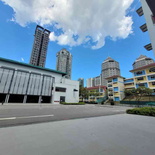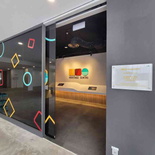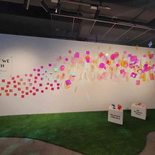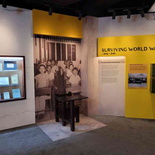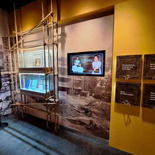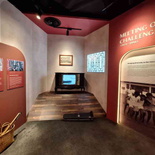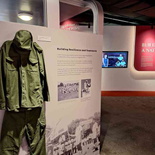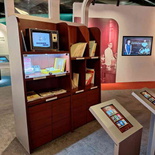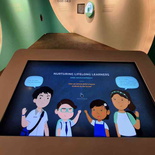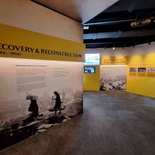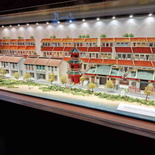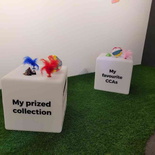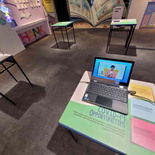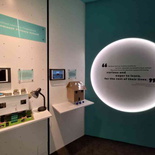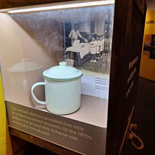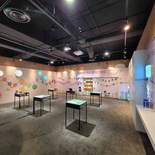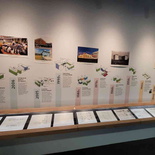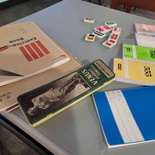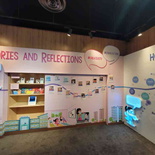Let’s take an exploratory visit to the MOE Heritage Centre in Singapore. The galleries here provides a unique opportunity to explore the educational and school journey of the nation from its pre-independence days to the present.
The establishment is located within the MOE Headquarters at 565 Balestier Road, Singapore. Interestingly, the center is housed in a somewhat inconspicuous government building, and visitors are directed to the compound’s gallery location at Block C, Level 1 by friendly security guards upon entry.
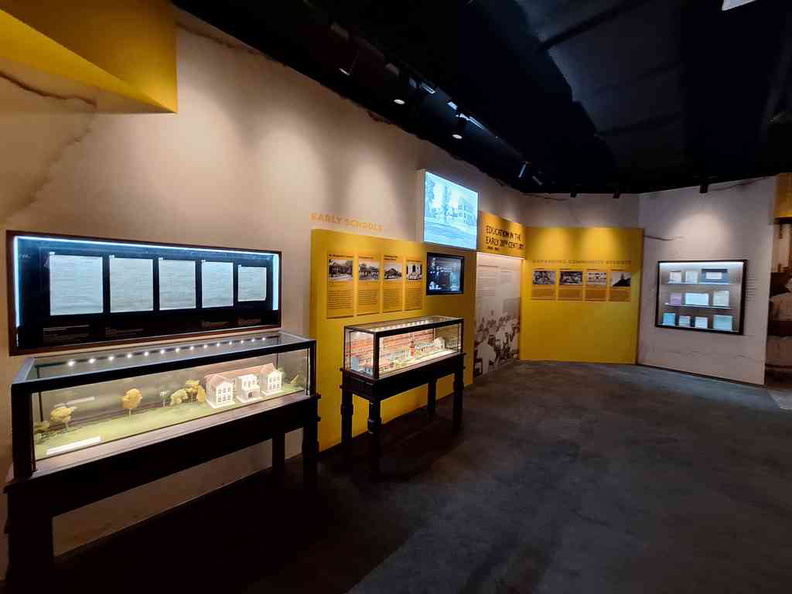
Furthermore, like the Singapore National Museum we visited, the galleries inside the MOE Heritage Centre are organized in a logical and chronological order. Only it charts the initiatives in the educational sector as well as teacher heritage.
It allowing you to trace the evolution of education in Singapore over time. You start off into a large lobby area where you can read well-wishes penned by other visitors. Here, you can also find an introductory video area showcasing teachers at heart.
Education in Singapore pre-independence
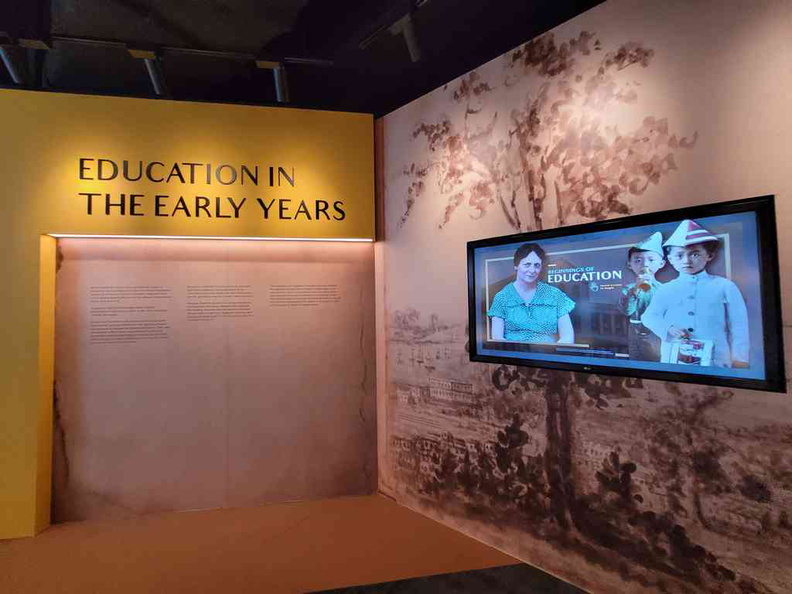
From there, your journey begins with “Singapore’s Early Beginnings of Education” from the 1800s. Here, you can find and view historical records of teaching and education. Also, during this period, education in Singapore was disorganized, with pioneers from various immigrant groups and missionaries working independently to provide education.
Additionally, moving on, the exhibition covers the era of independence, known as the “Journey to Nationhood” from 1959 to 1996. During this time, Singapore’s leaders recognized the crucial role of education in shaping the nation.
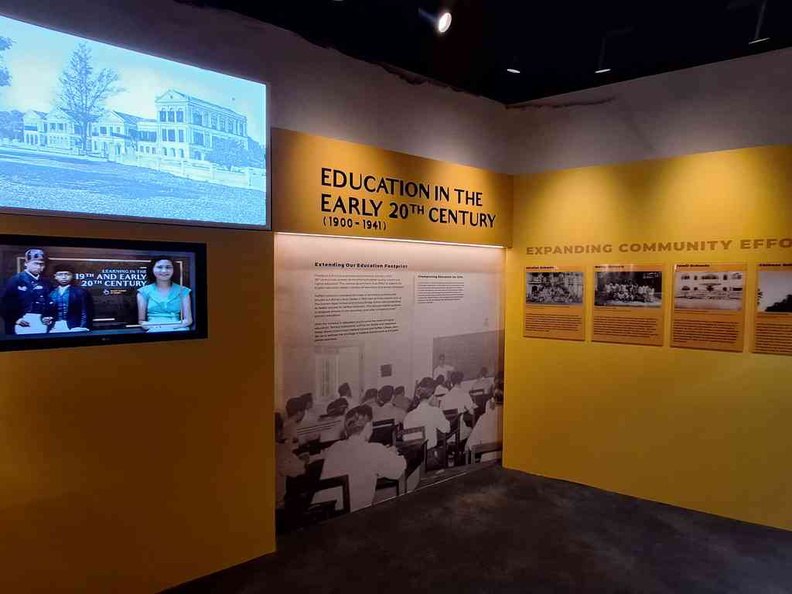
Also, despite challenges Singapore faced like accommodating for a multi-ethnic population, coupled with limited resources, and an unskilled labour force, early education played a significant part in propelling Singapore from a Third World to a First World status. This is told through the various stories and photos depicted on the gallery walls.
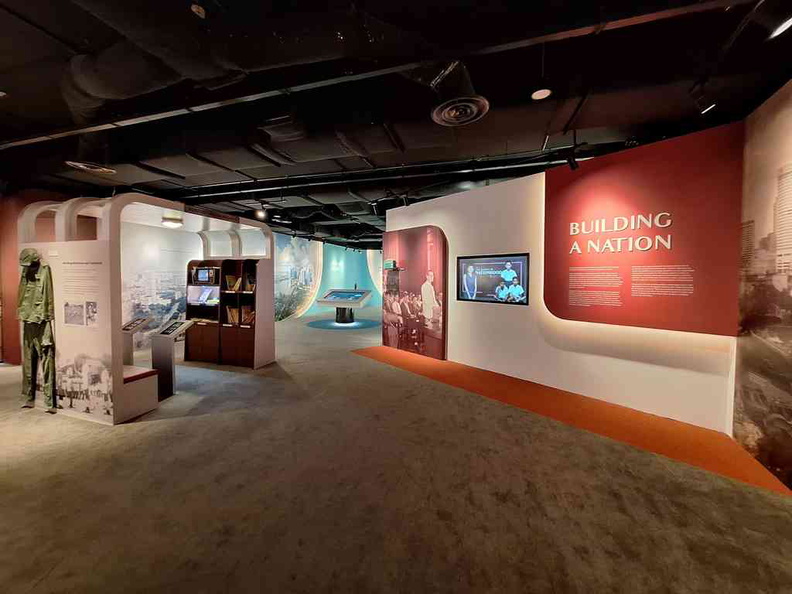
Shaping the schools of today
Moreover, during the 1980s and 90s witnessed a peak in the number of schools in Singapore. This subsequently leads to the “Learning Nation” phase of the heritage gallery from 1997 to the present.

Here, you can learn from the educators who continuously explored innovative strategies to engage students and create a more student-centered learning experience. Also, you can find information on the latest developments in schools through videos and social media platforms.
Additionally, the section moves onto the “Teacher Education and Development Journey” sector. It highlights the progress made in teacher education and development in Singapore. The focus is on continuous professional development, teacher ownership, and leadership, all aimed at meeting the changing needs of teachers in a rapidly evolving landscape.
Also, this gallery showcases important milestones in teacher development from the 1950s to the present, emphasizing the commitment to bringing out the best in every child and upholding professional ethics and conduct.
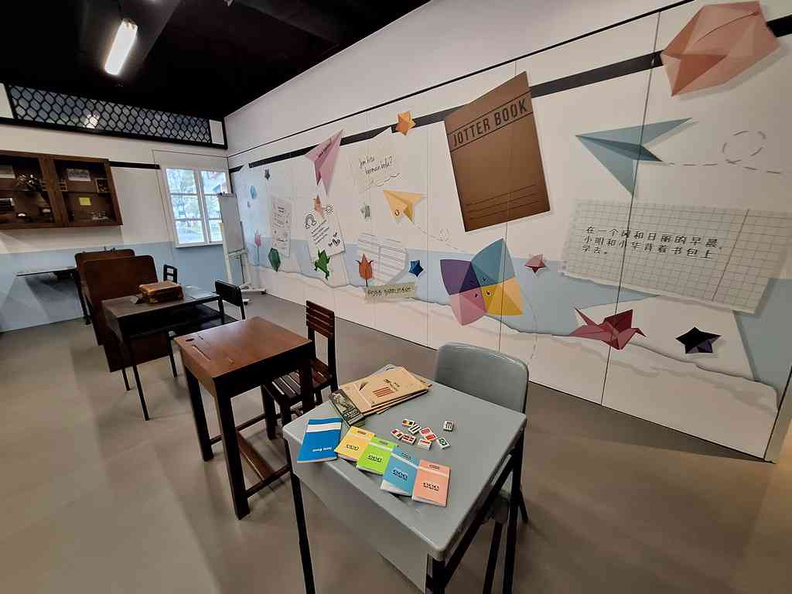
Another gallery showcases the “School Building Heritage”, detailing the efforts of the education ministry in building an identity for schools. You can explore the rich heritage of schools and witness the transformation of school designs over the years. From small cluttered rooms in the early 1800s to dedicated school buildings, the evolution of school infrastructure reflects the nation’s commitment to providing access to education for every child.
The “Early School Spaces” gallery focuses on school designs and hygiene between the early 1800s and the outbreak of World War II in the 1940s. The 80s saw a standardization of school designs, giving birth to school clones. Here, you can find building floorplans from schools of that era.
Classroom nostalgia
Wrapping up, the last gallery, “Our School Day Memories,” evokes nostalgia by recreating an active classroom setting with a storage of games and toys from the past. You can find separated desks reminiscent of listening comprehension tests, old wooden classroom tables, and a collection of toys and games typically found in school bookshops, such as capteh, five stones, and pick up sticks. This interactive gallery allows you to relive cherished memories from their time as students.
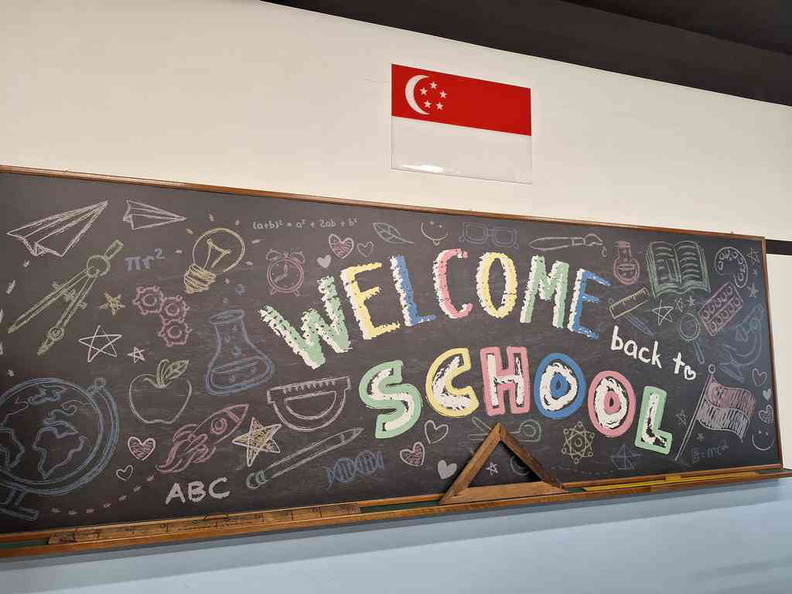
It is important to note that the MOE Heritage Centre operates on different opening times during term time and off term. The center is closed on Mondays, except during school holidays. From Tuesday to Friday, visitors can explore the galleries from 10am to 5pm, with the last entry at 4:30 pm.
All in all, you are good for the MOE Heritage Centre for about 1 hour. The galleries offer a comprehensive and enlightening journey through Singapore’s educational history. You appreciate items here from the disorganized beginnings in the 1800s to the nation’s transformation through education, allowing you to gain valuable insights into the development of Singapore’s education system.
The center’s well-organized galleries, audio-visual elements, and physical exhibits provide an engaging and informative experience. It allows you to appreciate the significance of education in shaping the nation’s future. Whether you are a local or a foreign visitor, a trip to the MOE Heritage Centre promises to be a memorable and enriching experience.

